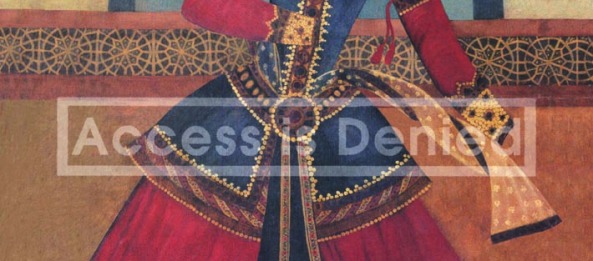 The Knot in the Rug
The Knot in the Rug
Masoud Behnoud
ISBN: 9781859642887, Paperback, August 2012, £14.95
China, Egypt, India, Greece and Iran, the five standard bearers of civilisation, have never shown as much interest in their own history as civilisations to come. The five nations preferred to picnic on the plains of beautiful fables and welcome the imagination of stylish people rather than make an effort to discover historical truth amid stone tablets and often-neglected historic remains. The Iranian people, perhaps even more so than the others, are keen to blend their history with fables, myths and legends.
Professor Edward Granville Browne, the British orientalist who spent many years living among the Iranians and was a keen supporter of the Constitutional Revolution of 1906, produced a travelogue for British diplomats in which he considered the Iranians a difficult nation to know as the they are not concerned with knowing themselves, or making themselves known to outsiders. For this reason, the history of Persian literature, a country proud of its authors and poets prior to the discovery of oil in 1905, had not been written until Edward Browne committed it to paper at the beginning of the twentieth century.
Until the middle of the last century the most important historic work as far as most Iranians were concerned was Ferdowsi’s Book of Kings, comparable to Homer’s Iliad and Odyssey. This great, eleventh-century epic was based on a collection of myths.
For Iranians, accepting myth in lieu of history has always been 520 easier and more pleasurable than searching for history amid ruins and remains, or entering a never-ending debate on where the truth lies. For years after the Renaissance and the Industrial Revolution in Europe, the Iranians were still content to spend long winter evenings under the korsi, a low table covered with blankets with a charcoal brazier underneath, enjoying its pleasant warmth, watching the snowflakes fall from the sky and listening to the great poets, Hafez and Sa’di, and enjoying their grandmothers’ tales of their great past.
After many years of research and study of documents I completed my trilogy of books on the contemporary history of Iran. The three books tell the stories of three women who lived in Europe and spent part of their lives among the Europeans. The first is Ameeneh, the story of a woman who was the mother of all the Qajars. In her lifetime Ameeneh met Peter the Great, Catherine the Great, Montesquieu and Voltaire, and was received in the courts of Europe and Russia.
In the third book, The Broken Urn, we learn about Alice, the daughter of an English general who served his country in the colonies. She was instrumental in the fate of the last Iranian monarchy, the Pahlavi regime. Alice went to school with the last king of Iran, developing a bond with him and two other Iranian students which led Alice to a long-term interest and involvement in the affairs of Iran, including the 1979 revolution. But what did motivate Alice in taking such an active role? Was it love, hatred, or was it, in fact, carrying out her duties as an employee of MI6?
Khanoum (published here as The Knot in the Rug) is the second book in the trilogy and spans a period from the fifth Qajar ruler at the turn of the nineteenth century to the events of 11 September 2001. Its heroine, Khanoum, was born at the beginning of the twentieth century and her life is a gripping story encapsulating the history of Iran and Europe across the century and including two World Wars. ‘This is a myth that can be believed in’ is written on the cover of the first edition of Khanoum, now in its fourteenth edition in Persian, although all of my books, including this one, have been banned in Iran since Mahmoud Ahmadinejad has become president. The Iranian people have had no difficulty believing the story, but has there ever been such a woman?
My work is akin to taking a faint old photograph and reviving it with colour: the sky in the photograph is not blue and nor are the trees green, but in these stories they are brought to life. The substance of the story is a picture of reality; this is quite common in the clandestine world of history and Persian stories. Like the fine and intricate Persian rugs found in many Iranian households, when the strong Persian sunlight penetrates through the stained glass of the Orussi windows and spreads over the floor every knot in the rug seems to come alive and begin to move; the trees sway with the breeze and the nightingale’s song rises from the four corners of the rug.
In his Book of Kings, Ferdowsi tells of Rostam, Persia’s greatest epic hero, and the equivalent of Samson and Ulysses. Ferdowsi states that Rostam was a local hero from Sistan, and he made him the hero of his story. I spent many years with my hero, Khanoum, and shed many a tear on her grave. She is the most real of all the real creatures on earth and for the readers of this book she is the figure of a beloved grandmother, with whom many Iranians can identify.
M Behnoud
London
Autumn 2008
The Knot in the

 The Knot in the Rug
The Knot in the Rug